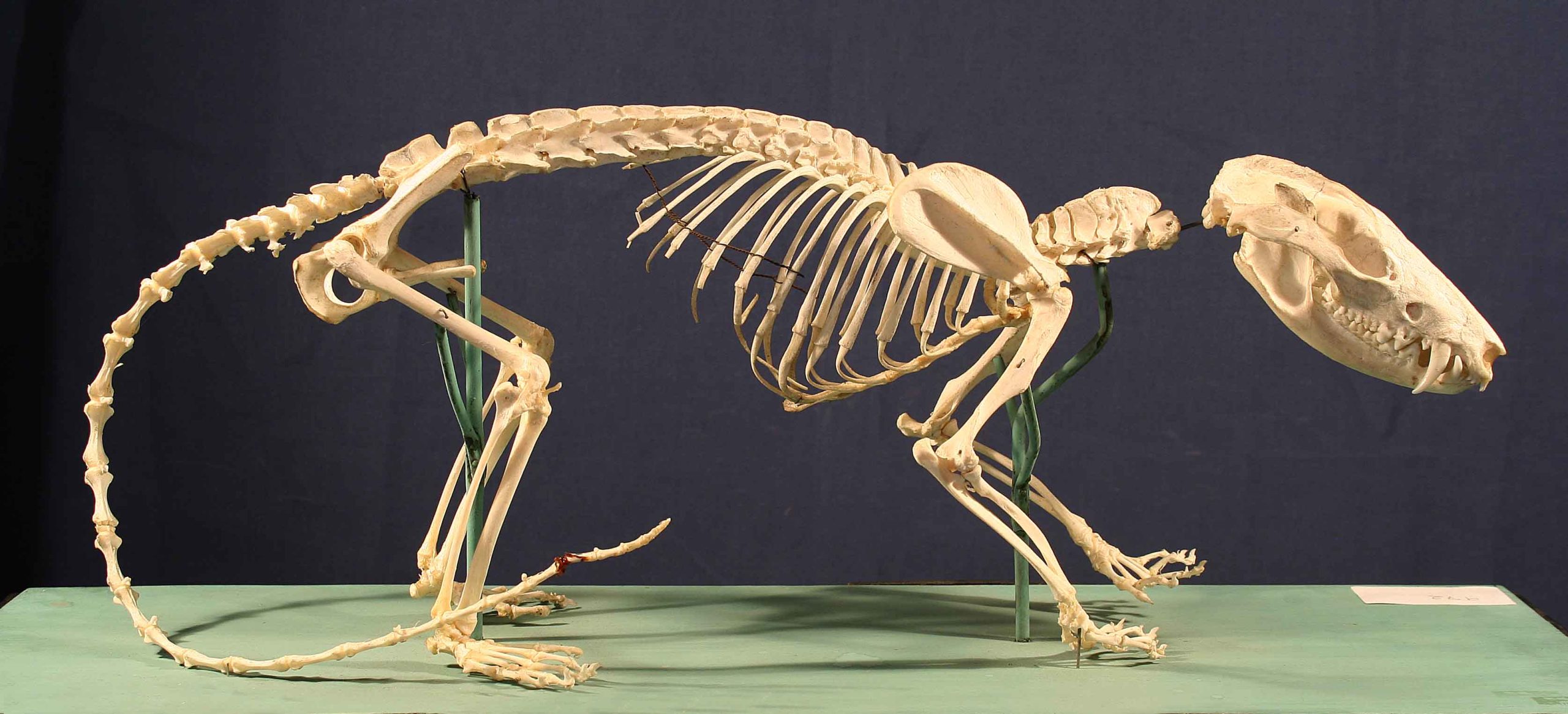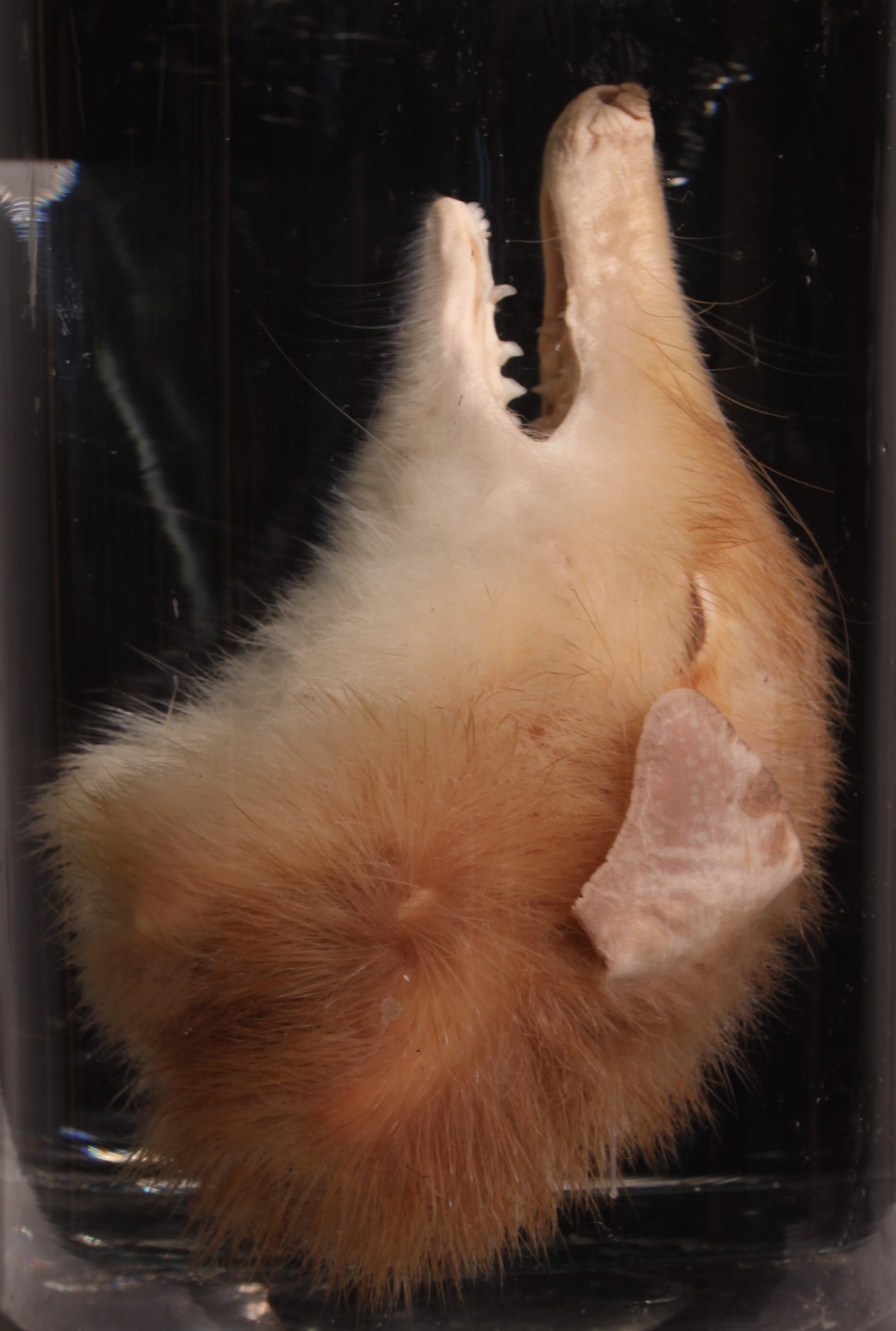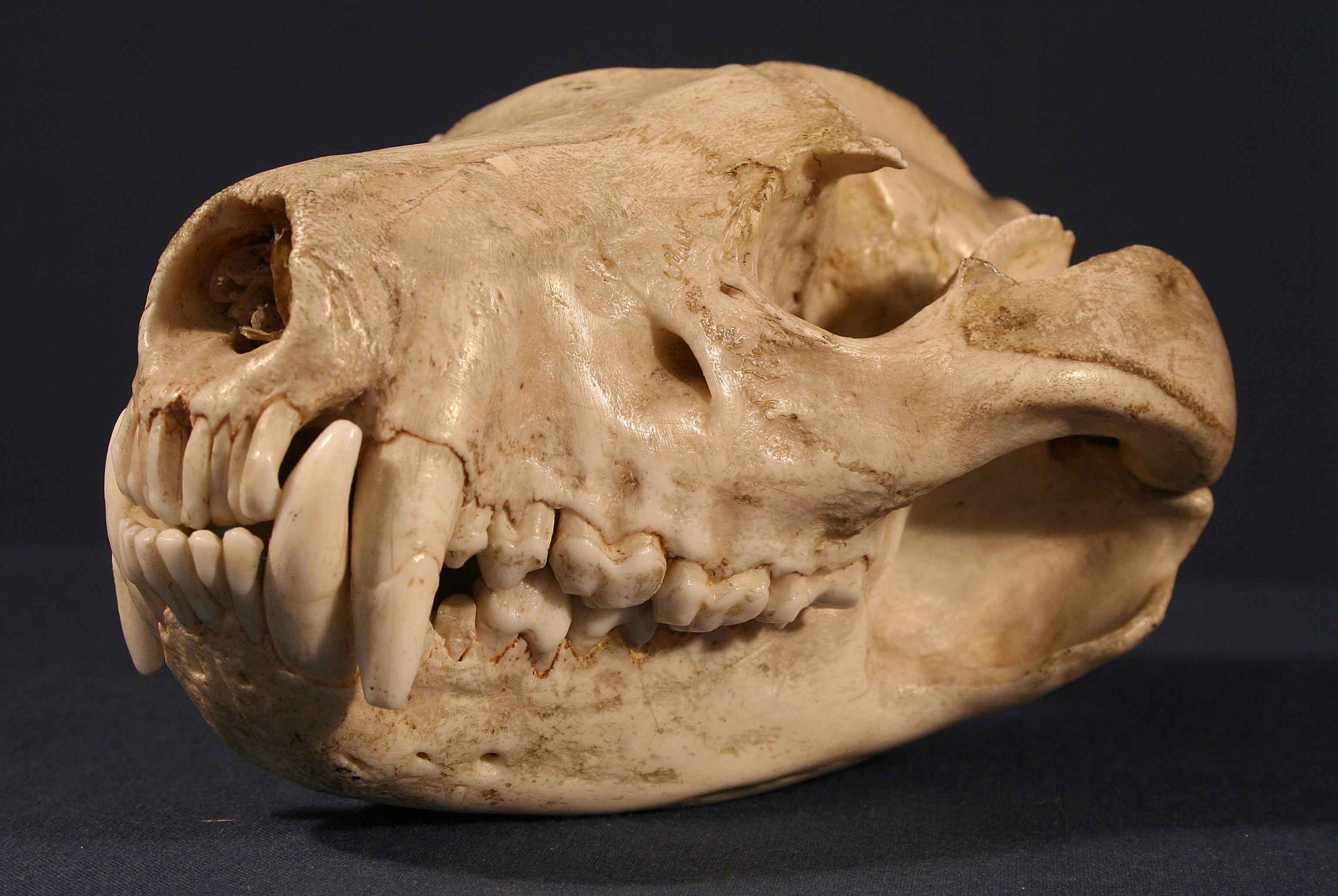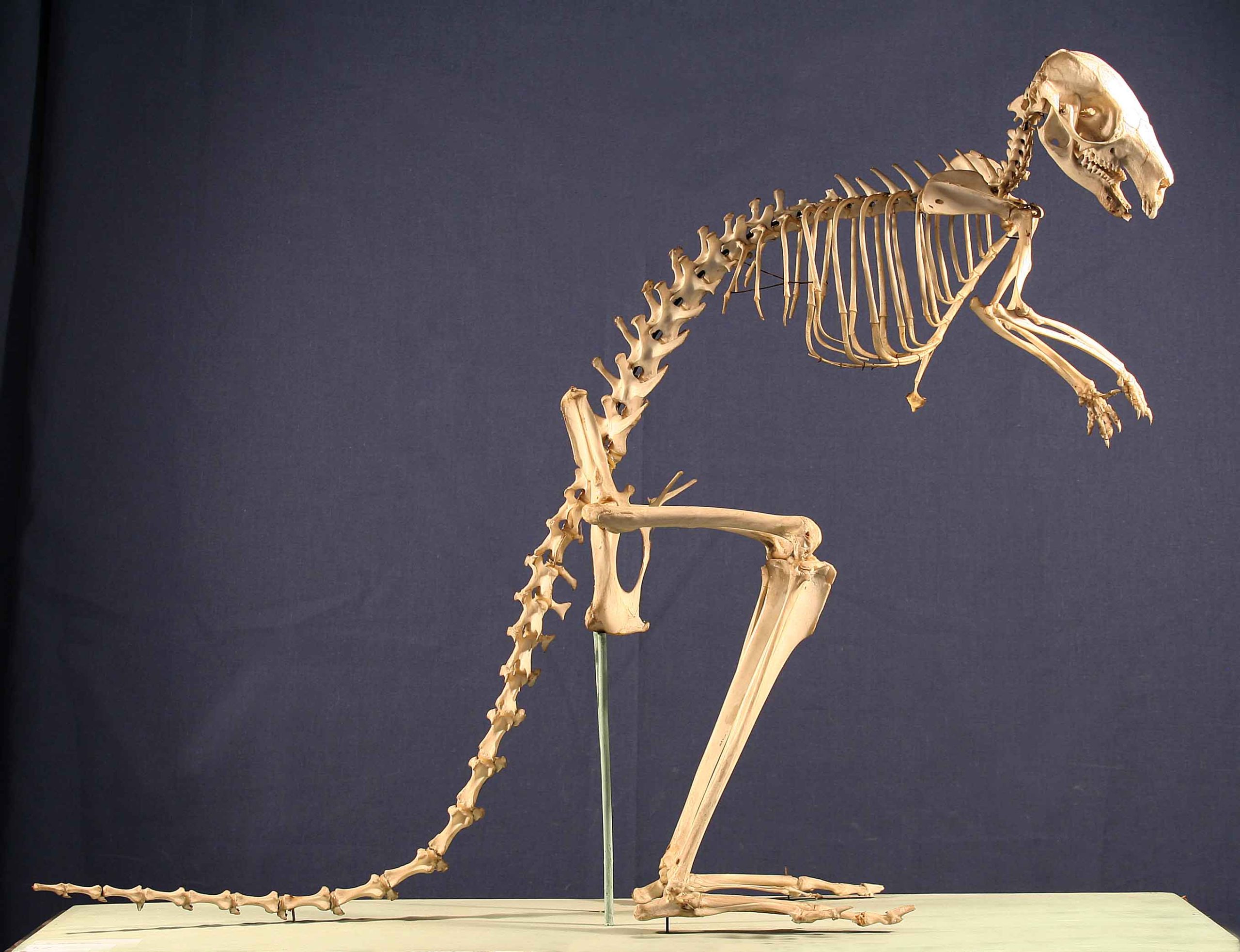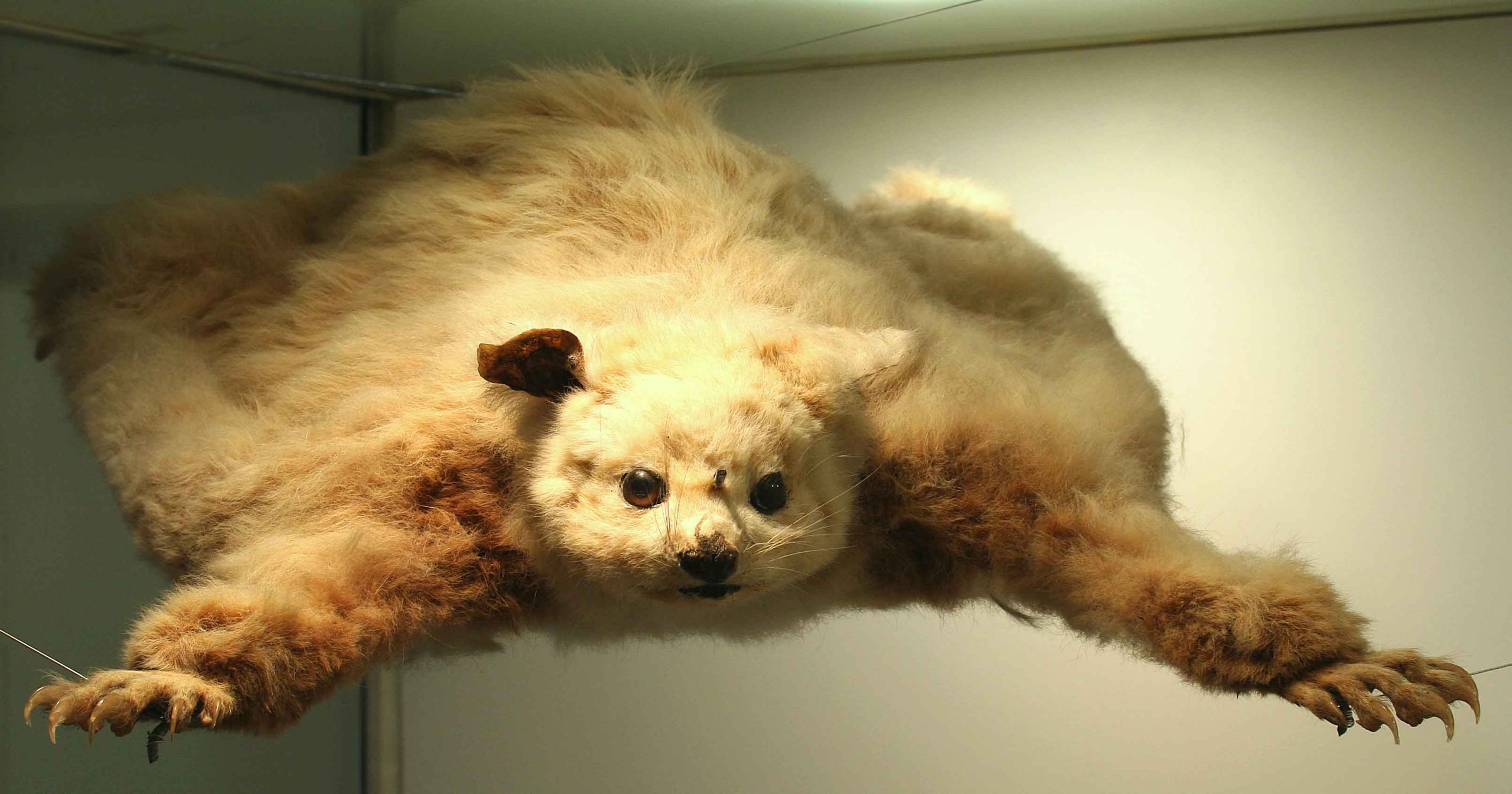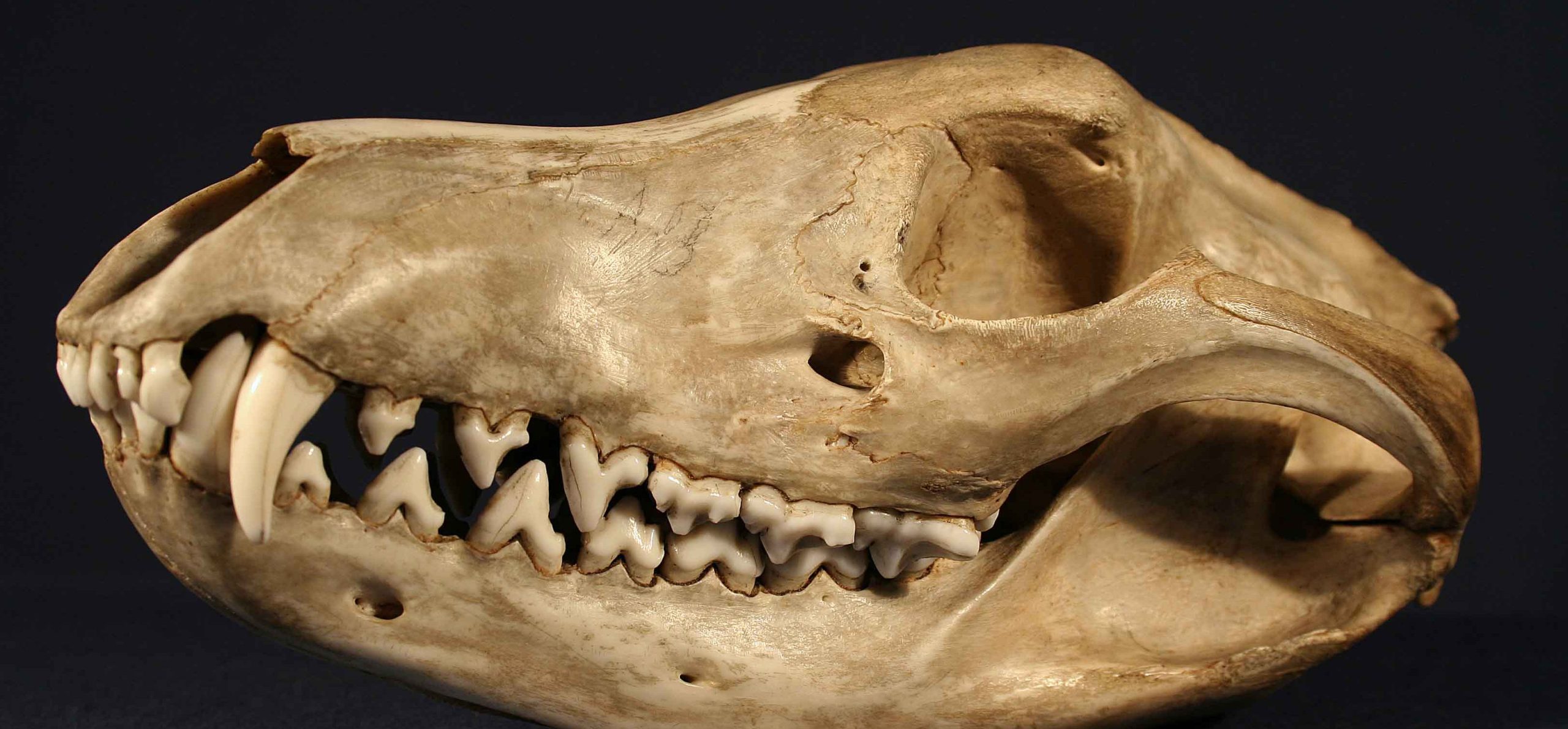The Marsupialia
Marsupials are a group of mammals characterised by females giving birth very prematurely then carrying their undeveloped young in a pouch, where they continue to grow while attached to the nipple. There around 330 species, most of which are found in Australia, although there are around 100 found in the Americas. Marsupials range from 2 metre red kangaroos to marsupial mice that are only 12 centimetres long.
